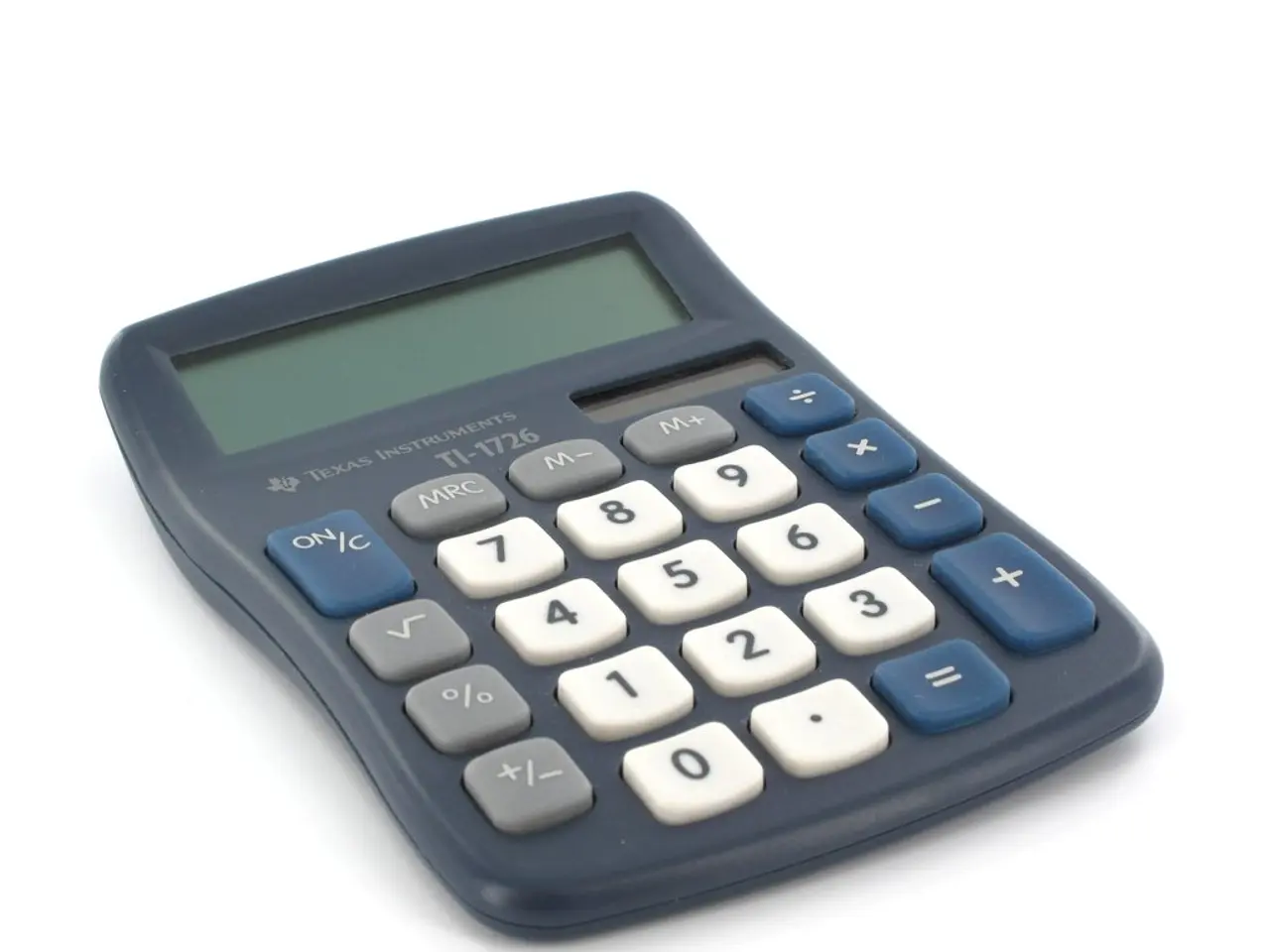The reason for the unique layout of keys on telephones and calculators lies in their distinct functions and the historical evolution of their designs.
In the world of numeric input devices, two of the most commonly used interfaces - telephone and calculator keypads - have an intriguing contrast. While they serve similar purposes, their layouts are starkly opposite, a fact that might surprise many users.
This peculiarity can be traced back to historical origins, user interaction studies, and distinct purposes. Let's delve into the reasons behind this unusual opposition.
The calculator keypad, with its "7-8-9" arrangement at the top and descending to "1-2-3" at the bottom, has roots in mechanical adding machines used by accountants. This layout, efficient for numeric entry in calculations, corresponds to how numbers were displayed on printouts and mechanical registers.
On the other hand, the telephone keypad, with "1-2-3" at the top and "7-8-9" at the bottom, was finalized after research at Bell Labs in the mid-20th century. The top-row layout of "1-2-3" was found to be more intuitive for dialing a phone, and it was also motivated by ergonomic studies and the goal of preventing dialing errors.
Different purposes, historical origins, and user interaction studies have thus led to contrasting keypad layouts. Calculators optimized for mechanical and accounting efficiency, while telephone keypads were optimized for user-friendliness in dialing.
One theory suggests that the differences in keypad layouts are due to the telephone's circuitry and tone-recognition hardware. When designing the new touch-tone keypad, putting 1 on the top-right didn't make sense, given that Western writing is read from left to right. To improve the tone-recognition's efficiency, telephone designers reversed the keypad layout, slowing down the dialing speed.
Another theory is based on the layout of a rotary telephone, where 1 is at the top right and zero is on the bottom. However, the touch-tone telephone keypad layout remains opposite to that of a calculator.
In the late 1950s, data-entry professionals could dial numbers quickly on calculators, which was not efficient for the tone-recognition technology in telephones. This could also have influenced the design decision.
Despite numerous theories, no single explanation has been identified as the definitive reason for this unusual opposition. The telephone and calculator keypads remain opposite, a testament to the unique design decisions that shaped these devices.
Today, the telephone keypad layout is commonly used when designing new products with keypads, such as Automated Teller Machines. The top-left positioning of 1, and subsequent numbers to the right, makes more sense in the context of Western writing.
However, the lack of standardization in the arrangement of numeric keys persists, reflecting the complex interplay of historical, technological, and ergonomic factors that have influenced the design of these devices.
[1] URL_for_Why_is_there_no_standardization_in_the_arrangement_of_numeric_keys [2] URL_for_How_Telephones_Work [3] URL_for_How_Cell_Phones_Work [4] URL_for_Access_Prohibited_Keypads [5] URL_for_The_opposite_layout_between_telephone_and_calculator_keypads
- As the world continues to evolve with advancements in technology, it's intriguing to see how the layouts of common electronics such as smartphones and other gadgets still bear the marks of historical influences and user interaction studies, much like the contrasting telephone and calculator keypads.
- The contrasting keypad layouts seen in technology goods like smartphones and gadgets can be traced back to the distinctive purposes behind telephone keypads and calculator keypads, a reminder of the complex interplay of historical, technological, and ergonomic factors that have shaped our gadgets.




